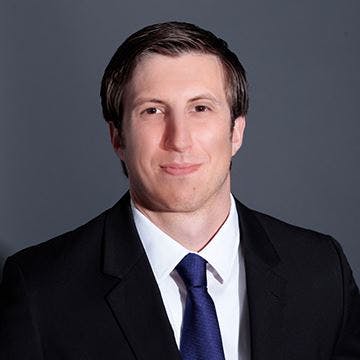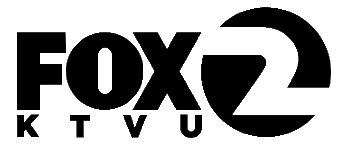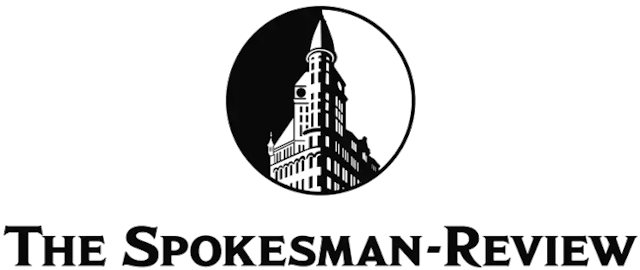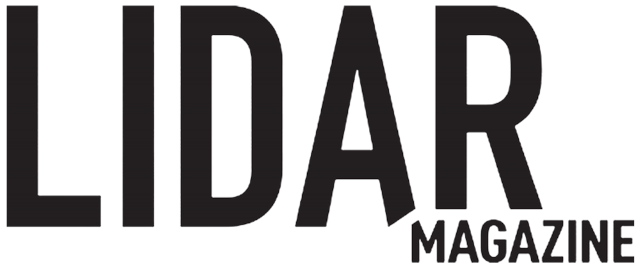
Seek and Illustrate the Truth -
Call Now 1-415-754-7772
What Is Forensic Laser Scanning?
What is Forensic Laser Scanning?///
Many personal injury attorneys today have worked on cases that involve a key piece of evidence known as “laser scans” or “lidar scans.” These scans are typically performed by retained experts or police and capture data associated with a major element of a case such as an incident’s environment, a vehicle or a person. They often play a big role in a case, but it’s unlikely that attorneys will directly see or interact with this data. So, what is forensic laser scanning and in what ways does it make a difference in a case?
“Laser scans” are, in simple terms, a set of 3D measurements of the environment and objects captured by a “laser scanner.” Laser scanners capture measurement data by shooting out millions of laser beams 360 degrees around themselves and measuring the distances off which the beams are reflected. The scanner captures millions of measurements per second, resulting in an extremely accurate and precise 3D model of the environment or object. After directing a device to scan an element, the data is saved on the device and can be formatted into a point-cloud file that preserves this data and enables technical specialists to view later.
Video credit: Leica Geosystems
This technology is quickly becoming a centerpiece of forensic and legal investigations today. One major benefit of scanning forensic evidence is that it is the absolute best method for preserving evidence. Whether a vehicle or environment are modified after the scan, the forensic state of that element can be preserved by scanning and observed at any stage throughout the lifecycle of the litigation.
Laser scanning has also made the most precise forensic analyses possible for cases with major questions. Some of these analyses include line-of-sight perspective analysis, ballistic trajectory analysis, laser-based photogrammetry and drainage analysis. Without this measurement technology, these reconstructions could not be determined with the same level of accuracy or as efficiently in terms of time and cost.
Another major benefit of laser scanning is the potential for the 3D working model. Briefly, the 3D working model is the use of 3D modelling and engineering software to reconstruct an incident accounting for time, space and other factors determined by forensic experts. The 3D working model enables experts to test-run reconstructions, reconcile/refine forensic factors from other experts, and critique the opposition’s work. Forensic laser scanning provides multitudes of measurements efficiently so that 3D working models can be produced quickly and accurately.
Additionally, laser scan point-clouds have powerful utility when shown to a jury. They are visually appealing exhibits which can set the foundation for a case’s narrative or testimony in a jury’s mind much better than two-dimensional blueprints. Because this point-cloud data can’t be manipulated, these exhibits are very admissible and seamless for trial. These exhibits, composed of millions of technological data points, also bestow visual analyses with an aura of scientific and engineering prestige in the eyes of a non-scientific audience.
Finally, forensic laser scanning allows remote experts to optimally analyze elements that may be unfeasible for inspection. Today, expert witnesses are able to testify on a case from anywhere in the world through Zoom and fit a case’s testimony around their busy schedules. However, forensic laser scanning enables experts to understand the location and elements of an incident remotely as well without having to set foot on the actual location. Before laser scanning enabled digital inspection, remote experts could only rely on 2D photos, videos, and hand-measured data to develop their understanding of an incident. Now, with full 3D control of these elements thanks to laser scanning, experts have the tools necessary to build their understandings of an incident without time-prohibitive travel.
Thanks to scanners’ abilities to preserve forensic elements, the experts at 3D Forensic Inc are using lidar data to:
- Utilize the 3D Working Model
- Record 3D ballistic trajectory data
- Determine 3D dimensions of photo or video evidence
- Analyze volumetric crush of vehicles or other elements from accidents
- Investigate line-of-sight obstructions for drivers
- Understand drainage or erosion of an area
Attorneys who realize the value of this technology and the methods with which experts can use this data are taking their cases to the next level of scientific understanding. This data simplifies complex measurements into intuitive visual models that accurately demonstrate scientific concepts, and help your argument reach the minds of a non-scientific jury.
3D Forensic and Precision Simulations were the original pioneers of forensic laser scanning dating back to the first admission of a laser-based exhibit in the American trial system in 2000. Since then, our experts have innovated multiple forensic applications for the technology by courtroom admission and forensic testing. We apply the highest level of this technology to each case to ensure we effectively seek and illustrate the truth for our clients. Call or email to learn more.///
Written/edited by Sean Daly and Craig Fries.
Talk to Our Forensic Team
Let Us Help You Seek & Illustrate The Truth
By submitting this form, I confirm that I have read and understood the 3D Forensic Privacy Statement.
"We have used Jason Fries and his team twice to create medical videos depicting complex surgeries. The videos impressed both the jury and the defense attorneys. Perhaps most helpful, Jason will work on short notice and provide a persuasive product."

Robert Igleheart
Rouda, Feder, Tietjen & McGuinn













